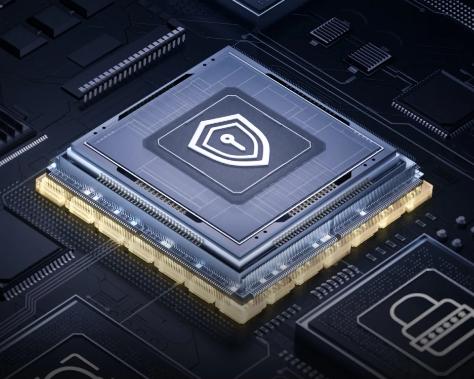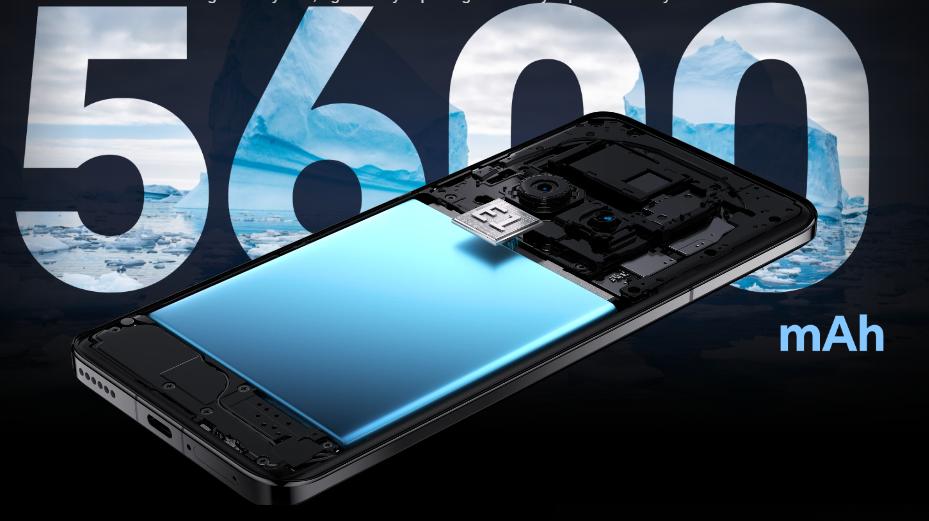Constantly being on the move means that our phones often run out of battery quickly. This is where fast charging technology comes in, providing a convenient solution to the problem of rapidly draining batteries. But how does fast charging work? Let's delve into the science behind this technology.

Understanding Fast Charging
Fast charging allows mobile phones to charge significantly faster than conventional charging methods. While traditional chargers typically deliver a current of around 5 volts, fast chargers can provide currents of 9, 12, or even 20 volts. This increased current allows the battery to charge more quickly, reducing the time spent waiting for a full charge. Here is more detail about mobile phones' fast charging:
The Role of USB Power Delivery
One of the key technologies enabling fast charging is USB Power Delivery (USB PD). USB PD is a universal standard for fast charging over USB connections. It allows devices to negotiate the necessary voltage and current levels, ensuring safe and optimal charging.
USB PD uses a communication protocol between the charger and the device to determine the maximum power that can be delivered. This negotiation ensures the charger can supply the required power without damaging the battery.
The Importance of Battery Management Systems
Fast charging relies on advanced battery management systems (BMS) to ensure safe and efficient charging. BMS monitors the battery's temperature, current, and voltage and adjusts the charging parameters accordingly. This prevents overcharging, overheating, and other potential hazards that could damage the battery or device.
BMS also provides intelligent charging algorithms that optimize the charging process. These algorithms analyze the battery's state of charge and adjust the charging rate to maximize efficiency. This ensures the battery is charged quickly without compromising its lifespan.
The Role of Fast Charging Cables and Adapters
Fast charging requires a compatible charger and a high-quality charging cable. Fast charging cables are designed to handle higher currents without overheating or causing voltage drops. For example, HONOR Magic6 Pro phones can support up to 20V/4A SuperCharge. The phone's wired charging is also compatible with 11V/6A,10V/4A, 10V/2.25A, 5V/4.5A,9V/2A. These cables often have thicker wires and better insulation to minimize power loss and ensure stable charging currents.
Similarly, fast-charging adapters are designed to deliver higher currents safely. They have built-in protection mechanisms to prevent overcurrent, overvoltage, and short circuits. These adapters are often designed to dissipate heat efficiently to prevent overheating during prolonged charging sessions.

Benefits of Fast Charging
Fast charging offers several benefits to mobile phone users. The most obvious advantage is the reduced charging time, allowing users to replenish their devices' batteries quickly. This is particularly useful when time is limited or charging access is scarce.
Conclusion
Fast charging technology has revolutionized the way we charge our mobile phones. HONOR Magic6 Series provides a max 66W Wireless SuperCharge that can provide a hassle-free charging method. Understanding the technology's limitations and following best practices is crucial to ensure optimal charging and the longevity of our mobile devices' batteries.
